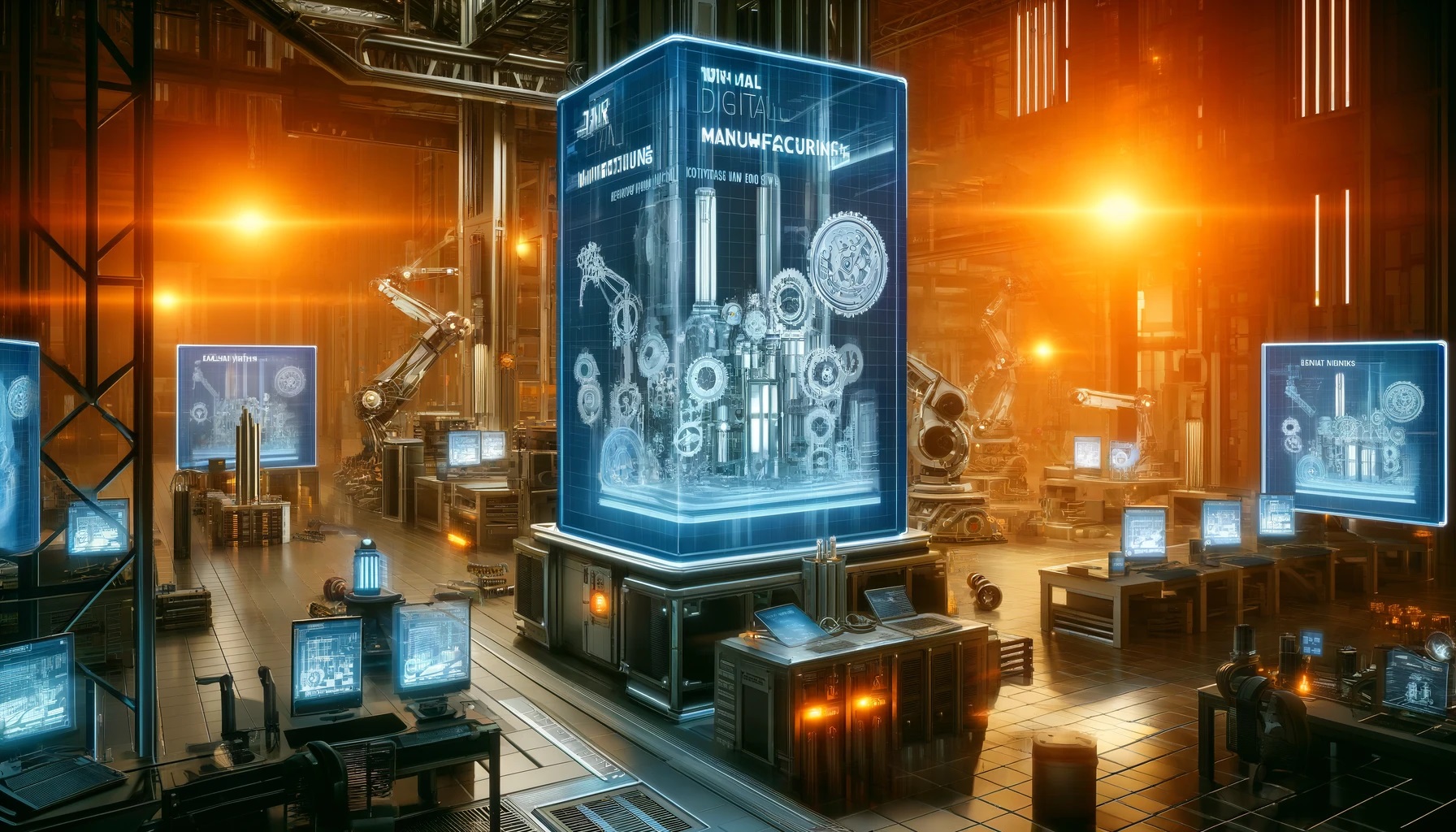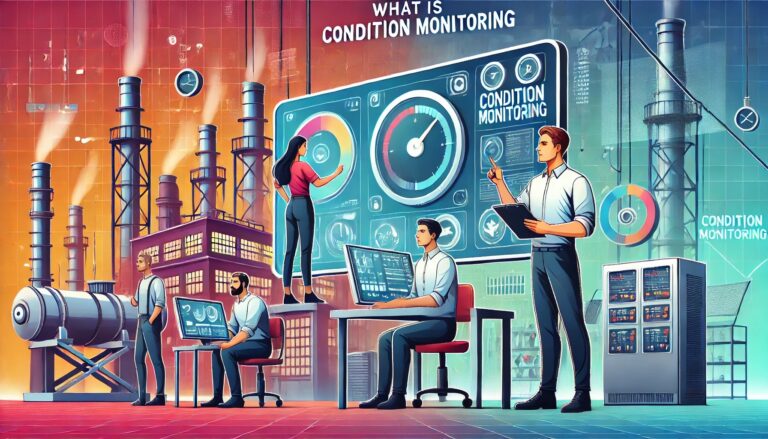Introduction
In the rapidly evolving landscape of global manufacturing, digital manufacturing stands as a transformative force, reshaping the way products are designed, fabricated, and delivered. Particularly in India, a burgeoning hub of technological innovation and industrial expansion, digital manufacturing is not just an option but a requisite strategy for staying competitive in the 21st century. This blog delves into the essence of what is digital manufacturing, exploring its components, benefits, challenges, and its specific impact and evolution within the Indian context.
The Essence of Digital Manufacturing
Digital manufacturing uses an integrated approach to manufacturing that leverages digital technologies to improve various aspects of the production process. This concept encompasses a suite of technologies including 3D printing, artificial intelligence, the Internet of Things (IoT), and advanced robotics. These technologies are not standalone enhancements but are part of a connected, holistic system that improves communication, automation, and analysis across the manufacturing lifecycle.
Key Components of Digital Manufacturing
3D Printing and Additive Manufacturing:
These technologies allow manufacturers to build objects layer by layer, reducing waste and enabling the creation of complex geometries that are difficult or impossible to achieve with traditional subtractive manufacturing methods.
Internet of Things (IoT):
IoT devices collect and analyze data in real-time, facilitating unparalleled connectivity between machines and enabling predictive maintenance, which can significantly reduce downtime.
Artificial Intelligence and Machine Learning:
These technologies analyze vast amounts of data to optimize production processes, enhance supply chain management, and ultimately improve manufacturing intelligence and decision-making processes.
Robotics and Automation:
Advanced robots work alongside human workers to enhance production efficiency and safety, automating repetitive tasks and allowing human workers to focus on more complex and creative tasks.
The Indian Scenario of Digital Manufacturing
India’s manufacturing sector stands on the cusp of a digital revolution. The government’s ‘Make in India’ initiative, launched in 2014, has been a significant catalyst, promoting India as a manufacturing hub on the global stage and encouraging the adoption of advanced manufacturing technologies. According to a report by McKinsey & Company, digital manufacturing could potentially add $500 billion to India’s economy by 2025.
Companies across India are embracing digital tools to transform their operations. For instance, automotive giants like Tata Motors and Mahindra have integrated IoT and AI to optimize supply chain management and production scheduling. Similarly, smaller enterprises are also beginning to explore digital technologies to improve product quality and operational efficiency.
Benefits of Digital Manufacturing in India
Enhanced Productivity and Efficiency:
Digital tools automate and streamline manufacturing processes, reducing cycle times and increasing production rates without sacrificing quality.
Improved Product Quality:
Advanced analytics and real-time monitoring help in maintaining the consistency and quality of products by identifying and correcting deviations in the manufacturing process promptly.
Customization and Flexibility:
Digital manufacturing technologies like 3D printing allow for cost-effective customization of products, which is increasingly demanded by consumers.
Sustainability:
By optimizing resource usage and reducing waste, digital manufacturing contributes to more sustainable production practices, an essential consideration in today’s environmentally conscious market.
Challenges to Adoption
Despite the apparent benefits, the path to digital transformation is fraught with challenges for India. The high cost of advanced technologies and a shortage of skilled professionals trained in digital tools are significant barriers. Moreover, the diverse nature of India’s manufacturing sector, which includes a vast number of small and medium-sized enterprises (SMEs), poses unique challenges in terms of scalability and technology integration.
The Way Forward
For India to fully harness the potential of digital manufacturing, a multi-faceted approach is essential. This includes fostering public-private partnerships, investing in digital skills development, and creating a favorable policy environment that supports technological innovation.
Educational institutions and vocational training centers must adapt their curricula to equip the workforce with the necessary digital skills. Additionally, the government could consider incentives for SMEs to adopt digital technologies, such as subsidies or tax benefits.
Conclusion
Digital manufacturing is the inevitable future of the manufacturing industry globally and in India. As the country strives towards technological excellence and greater economic resilience, embracing digital manufacturing is not just strategic but indispensable. With the right policies, investments, and training, India can not only adapt to this new era of manufacturing but also lead it, creating a robust, innovative, and sustainable manufacturing landscape for the future.








